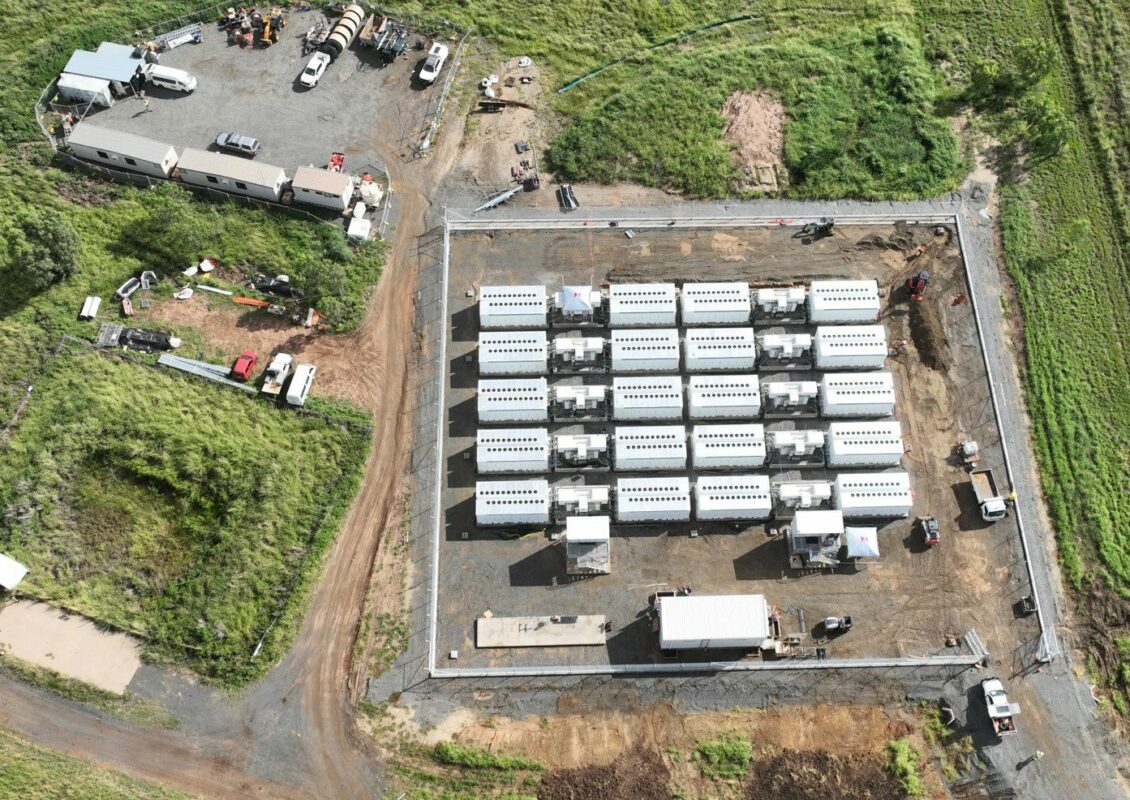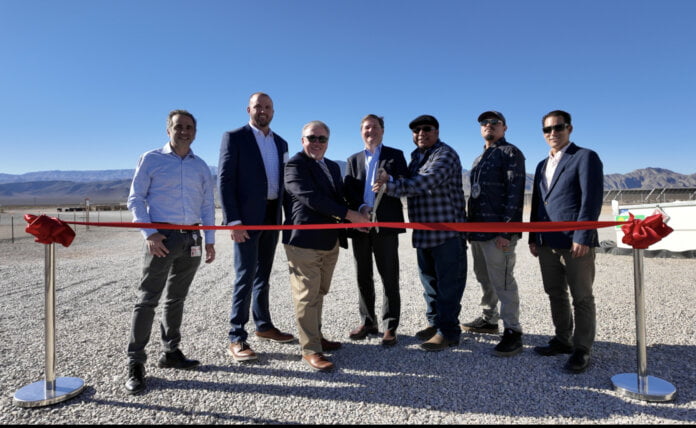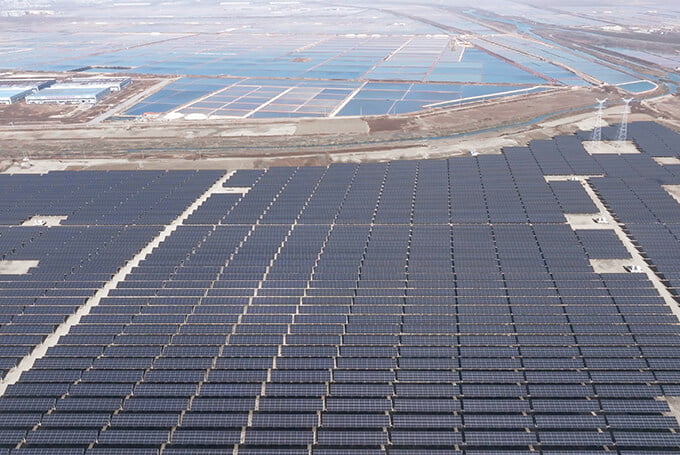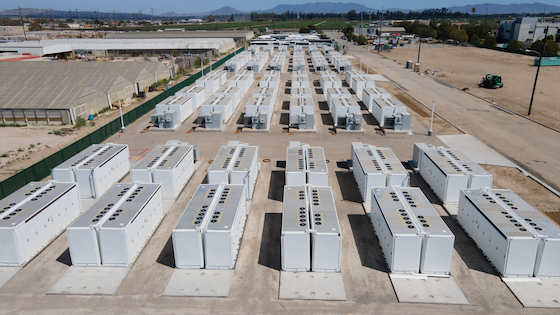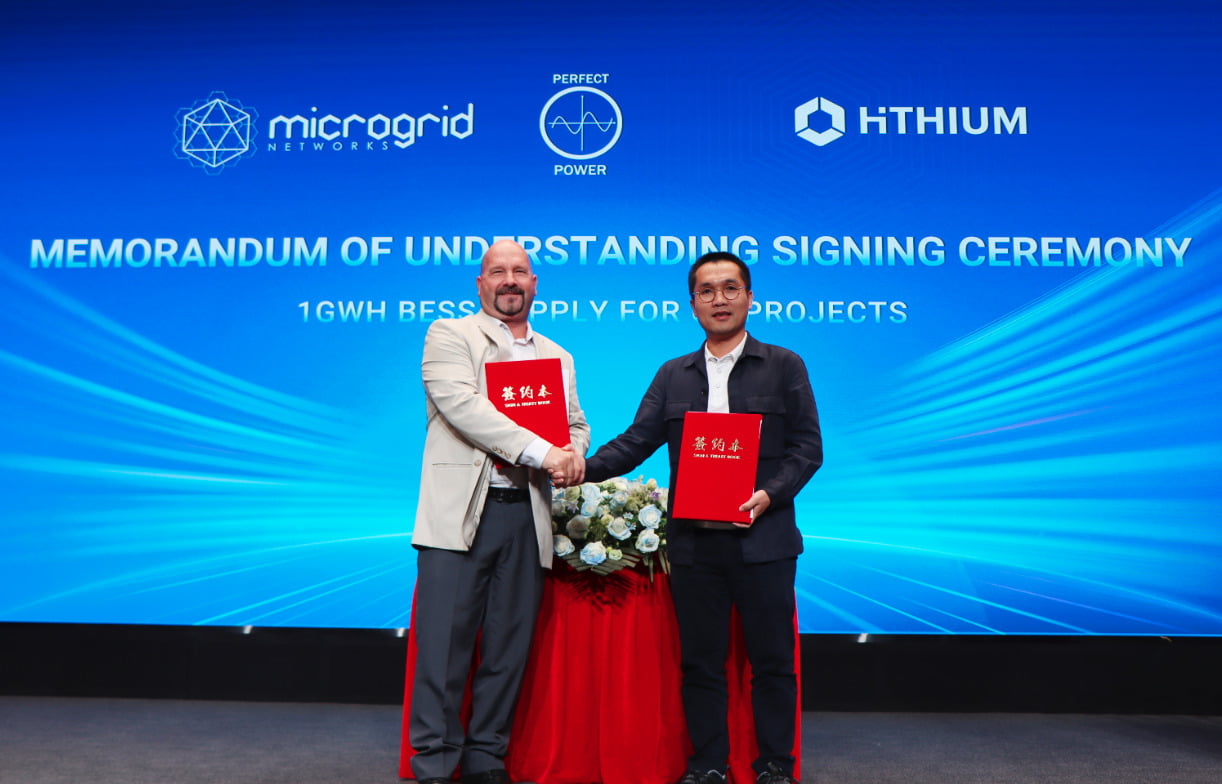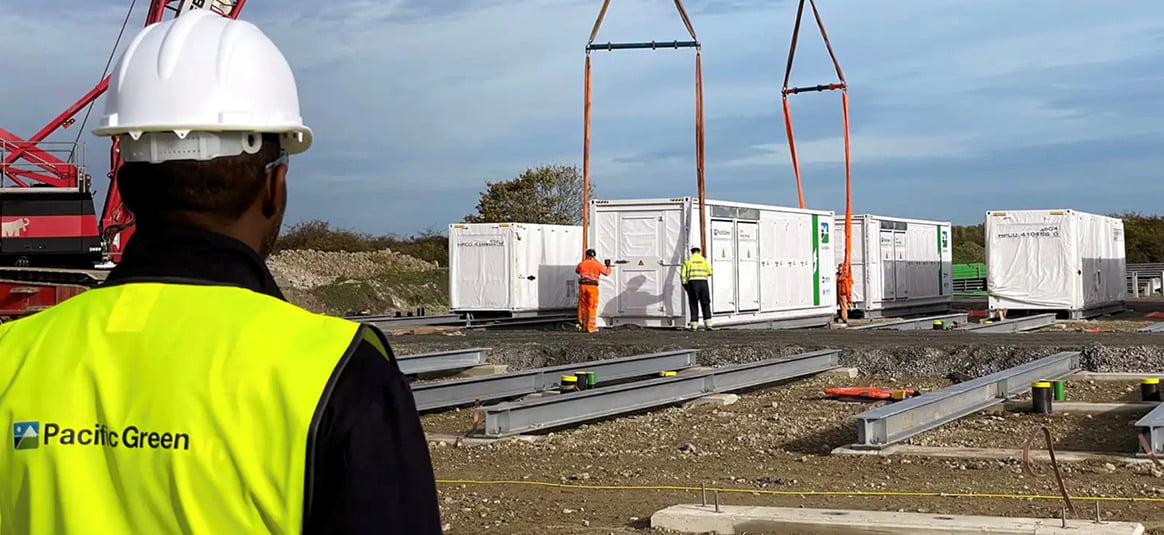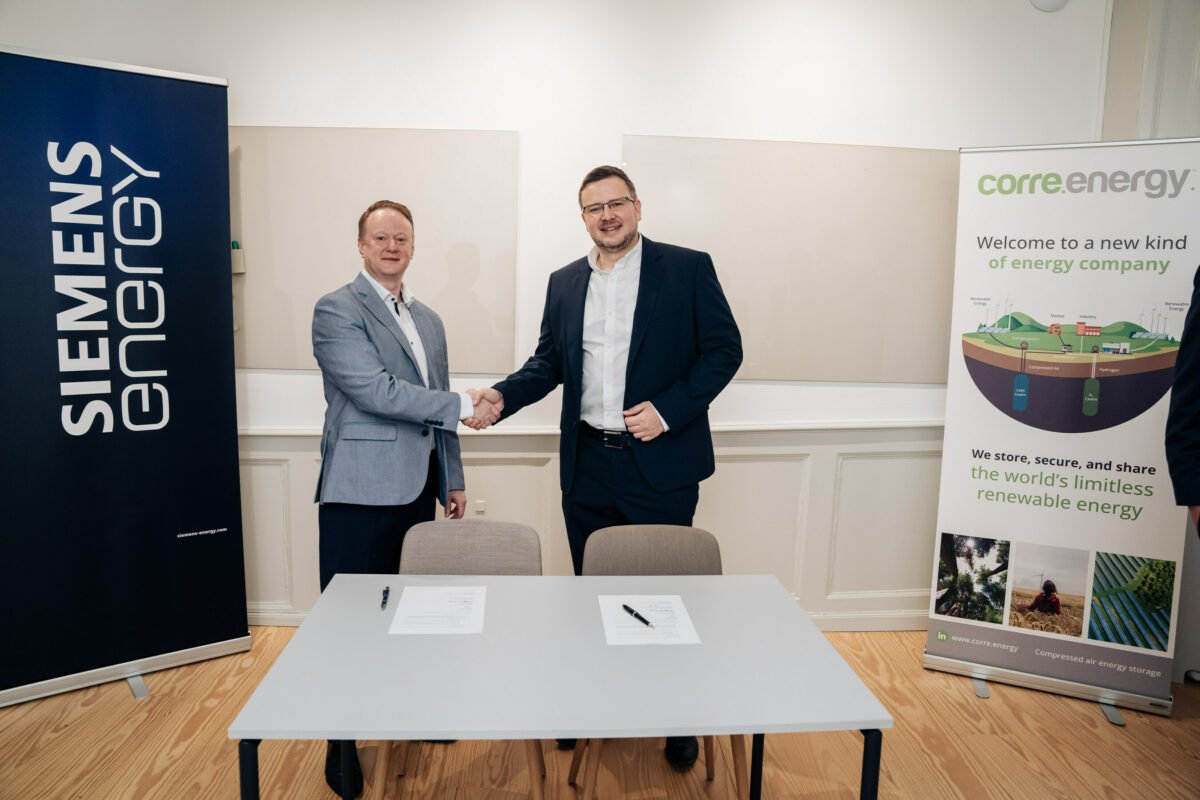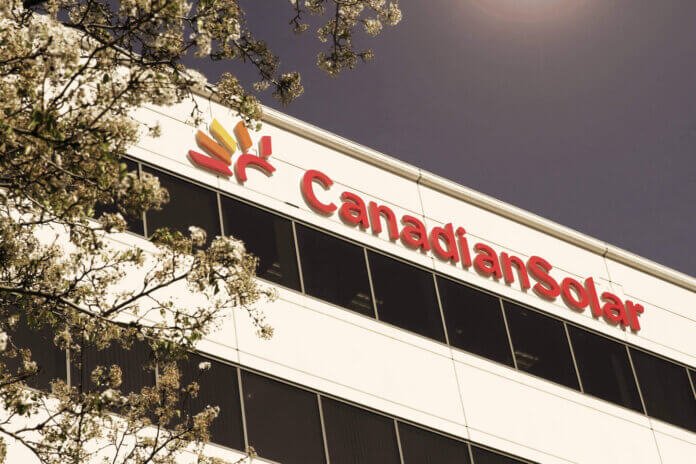Marking Genex Power’s first-ever battery storage project, which the developer will own and operate, CEO Craig Francis said “timing for commencement of full operations for the Project could not be better,” as a new ancillary services product, Fast Frequency Response, launched in early October, and Queensland is about to enter a summer period in which extreme heat is expected.
The so-called ‘El Nino’ summer ahead “is anticipated to place significant stress on the electricity network,” Francis said.
“The commencement of operations will mark the next step-change in revenues and cash flows for Genex, and we are also extremely pleased that Bouldercombe will be able to play its part in supporting the Queensland energy system over this period.”
The company reached financial close on BBP in the first calendar quarter of 2022, at which point it issued a Notice to Proceed to key contractors including Tesla.
Tesla is also supplying the technology platform which will enable BBP to play into the National Electricity Market (NEM), including arbitrage for energy trading in the wholesale market and its frequency control ancillary services (FCAS) markets, the latter still the biggest money spinner for BESS in the NEM, albeit with arbitrage’s share gradually increasing.
Under the terms of the Tesla deal, the California-headquartered technology provider will guarantee a minimum level of revenues to Genex from operating the BESS in those merchant opportunities using its Tesla Autobidder algorithmic bidding technology.
The fire incident took place on the evening of 26 September, and was described at the time by Genex as “minor” and a “low intensity fire”, and Queensland Fire and Emergency Services advised that it be allowed to burn out under fire department supervision. Genex said at the time that it would be working with Tesla and high voltage solutions provider Consolidated Power Projects to determine its cause.
CEO Craig Francis said last week that despite the fire, Bouldercombe was completed “with only a modest delay and within budget”.
Due to the fire, however, the project will initially be two Megapacks down, and operate on the remaining 38, until Tesla has deployed replacements, which Tesla will procure, install and commission as contingency, or punch list items.
They are due to be replaced in early December 2023, although the system is already able to function at full 50MW nameplate output.
Other projects Genex Power has underway include Australia’s first new pumped hydro energy storage (PHES) plant in nearly 40 years, in Kidston, Queensland, with construction on the 250MW/2,000MWh project expected to be completed next year.
The company recently also signed a joint development agreement (JDA) with Japanese power generation group J-Power for projects including Bulli Creek Solar and Battery Project, which will also be in Queensland. Bulli Creek will feature 400MW/1,600MWh of BESS technology and around 500MW of solar PV initially, although the solar portion could later be scaled to 2GW, Genex has claimed of the Bulli project, which it acquired in August 2022.
Continue reading

